In a nutshell: The English Bulldog is calm, loyal, and very people-oriented. It loves closeness, but needs extra care in heat, for breathing, and for cleaning skin folds. This guide covers origin, temperament, care, training, diet, activity, and whether the breed fits your daily life.
Table of contents
- Origin & history
- Appearance & traits
- Temperament & personality
- Family life & cohabitation
- Training & obedience
- Health & common concerns
- Everyday care
- Nutrition & weight
- Exercise & enrichment
- Climate, apartment life & city
- Puppies & the first months
- Getting a Bulldog: costs & responsibility
- Who is the Bulldog right for?
- Breed facts
Origin & history
The English Bulldog comes from the United Kingdom. Once bred for tough work, that’s long in the past. Today the breed stands for calm and composure. Over time, breeders focused on a friendly temperament and life as a companion dog. Despite the sturdy build, this is not a sports dog. Bulldogs want to be with their people and follow a steady, safe routine.
The breed is unmistakable: broad head, short muzzle, and deep facial wrinkles. That charm comes with responsibility—owners watch breathing, skin care, and keep weight at a level that protects the joints. With mindful care, the Bulldog stays fit and content for longer.

Appearance & traits
The English Bulldog is medium-sized, broad, and muscular. Compact body, deep chest, sturdy legs. The coat is short and smooth. Typical colors include red, fawn, brindle, white, or combinations. Forehead wrinkles, short ears, and a wide jaw stand out. The expression can look serious—even a bit “grumpy”—but the nature is gentle.
Important: a short muzzle can affect breathing. Bulldogs are sensitive to heat and intense exertion. In summer, walk early or late. Provide a cool resting spot and fresh water. Follow these basics and you’ll enjoy a laid-back companion for easy strolls and lots of cuddle time.
Temperament & personality
Bulldogs are very people-focused. They love their family and are usually patient with kids. They’re calm—sometimes downright comfy—and a bit headstrong. Day to day, your Bulldog may pause as if to ask, “Why should I do that?” With kind consistency and clear routines, things go smoothly.
Guests are generally greeted kindly but quietly. Bulldogs don’t bark much, yet they’re watchful when the doorbell rings. They dislike rough handling or chaotic situations without a retreat. A relaxed home with steady rules lets the Bulldog shine: loyal, cuddly, and surprisingly funny.

Family life & cohabitation
Bulldogs like to be where you are: in the living room, under the desk, on a dog bed in the kids’ room. With children, it works well if kids learn to treat the dog respectfully—no climbing on the dog, no pulling ears or skin folds. Short play sessions and lots of calm petting are perfect.
Life with other dogs often goes well, especially with early socialization. Outside, a calm person at the other end of the leash helps. Cats depend on individual temperament. Clear rules, set feeding times, and a quiet sleep spot keep the peace. Bulldogs love rituals: wake up, potty, eat, rest, walk, cuddle—repeat.
Training & obedience
English Bulldogs learn best with short, positive, clear sessions. Praise, a calm voice, and small treats work far better than pressure. Keep training in brief chunks throughout the day. Useful core cues include “Sit,” “Down,” “Stay,” “Here,” and a reliable “No.”
- Consistency: same rules every day build confidence.
- Motivation: tiny treats, calm praise, a short game—then a break.
- Loose-leash walking: steady steps, frequent pauses, reward a slack leash (learn more).
- Home alone: build it very gradually after a walk and a calm activity (how-to).
- Guests & noises: practice early—doorbell, vacuum, car rides—in small steps.
Stubbornness is part of the package, but never spiteful. Stay fair and consistent and you’ll have a polite, dependable dog. A positive-method training class is a great help, especially for adolescents.
Health & common concerns
Bulldogs need ongoing attention: breathing, heat sensitivity, skin folds, eyes, and weight. Joints benefit from a healthy weight and non-slip floors at home. Stairs should be limited or trained slowly, especially while growing.
- Breathing: in warm weather, walk slowly, seek shade, bring water.
- Skin folds: clean gently and dry well to prevent irritation.
- Eyes & ears: check regularly; clean carefully; see your vet if irritated.
- Weight: measure meals, count treats, body-check often (ribs palpable but not visible).
- Joints: soft beds, non-slip rugs, moderate pace on walks.
Regular veterinary checkups catch small issues early. With good support, an English Bulldog is a happy, relaxed companion.

Everyday care
The short coat is easy to manage: weekly brushing is usually enough. Brush more often during shedding. Clean folds gently and pat dry—also after rain or a bath. Keep an eye on the tail area so the skin stays clean.
- Brush: soft brush or rubber grooming mitt.
- Shampoo: mild, used sparingly.
- Teeth: chews or dental-care tools.
- Nails: check often; have a pro trim if needed.
- Bed: cushioned, supportive dog bed with a bolster.
Nutrition & weight
Good food is the best health insurance. Bulldogs love treats, so a meal plan helps. Weigh the daily ration and split it into two or three meals to curb begging. Count treats toward the day’s total. Do regular body-shape checks: ribs should be easy to feel but not stick out.
Many Bulldogs do well on moderate-fat diets with quality protein. Omega fatty acids support skin and coat. If your dog itches or has soft stools or gas, transition slowly to a better-tolerated recipe. Fresh water is always available. If overweight, trim calories slightly and keep gentle, regular activity.
Exercise & enrichment
Bulldogs need daily movement—but in moderation. Three to four short walks beat one long trek. Avoid lots of jumping or sprinting. Choose calm fetch, scent games, and simple brain work—tiring for the mind, easy on the body.
- Daily plan: quiet morning stroll, quick midday potty break, slightly longer easy walk in the evening.
- Indoors: snuffle mat, food puzzles, simple tricks (target touch, shake).
- Rest: schedule real down time after each activity.
Safety first in hot weather: go out during cooler hours, pick shady routes, bring water. In winter, a warm, well-fitting dog coat can help sensitive dogs. Non-slip paths and a cozy bed at home support comfort.
Climate, apartment life & city
This breed adapts well to urban living. It doesn’t need huge spaces—just reliable routines, safe walking routes, and a calm retreat. Bulldogs thrive in apartments if they get regular outdoor time. Stairs are tough for puppies and heavy seniors; an elevator or carry assist can help. In multi-unit buildings the Bulldog’s quiet nature is a plus: it barks little and naps happily as long as it’s near its people.
Puppies & the first months
English Bulldog puppies are affectionate, playful, and curious. Set the foundation now: after sleep, play, and meals, step outside briefly. Reward calm behavior. Protect young bodies—no stair sprints, no jump games. Keep sessions short with frequent breaks. Teach alone time in tiny steps: close the door, wait a few seconds, return, and reward calm.
Socialization is essential: meet varied people, wheelchairs, bikes, cars, strollers. Get the puppy used to handling paws, ears, and mouth; that eases future vet visits. A positive puppy class is a big help.

Getting a Bulldog: costs & responsibility
Before adoption, be honest about time, budget, and housing. Purchase price varies by source and quality, but ongoing costs matter most: food, care, vet bills, insurance, accessories. Keep a health reserve. Choose a responsible source—well-raised puppies have better odds of good health and a stable temperament.
- Starter kit: wide, soft collar, well-fitting leash, harness, bowls, brush, nail trimmer, bed, crate.
- Recurring costs: food, liability insurance (where required), health checks, possible physiotherapy.
- Time: several short walks daily, fold care, bite-size training, cuddle time.
If you plan for these needs, you’ll gain a faithful companion who brings calm and warmth to everyday life.
Who is the Bulldog right for?
Great for calm, consistent, kind people who aren’t seeking a marathon partner. Ideal for city apartments, singles, or families with some dog sense. First-time owners can succeed with preparation, a positive class, and clear structure. Very sporty hikers may prefer other breeds. If you want to slow down and enjoy cuddly company, you’ll love the English Bulldog.
- Quiet households with steady routines
- People who enjoy closeness and can spare time for care
- Families with respectful children
- Owners who monitor health and weight

Breed facts: English Bulldog
| Origin | United Kingdom |
| Size | about 12–16 in (31–40 cm) |
| Weight | typically 48–55 lb (22–25 kg) |
| Life expectancy | approx. 8–12 years |
| Coat | short, smooth, low maintenance |
| Colors | red, fawn, brindle, white, combinations |
| Temperament | calm, loyal, strong-willed, people-oriented |
| Activity | moderate—several short outings |
| Grooming | low to moderate (fold care) |
| Good for first-time owners? | yes—with guidance and clear rules |
| Notes | heat sensitive; monitor breathing & weight |
| Price | from ~€1,500 (varies by source and quality) |


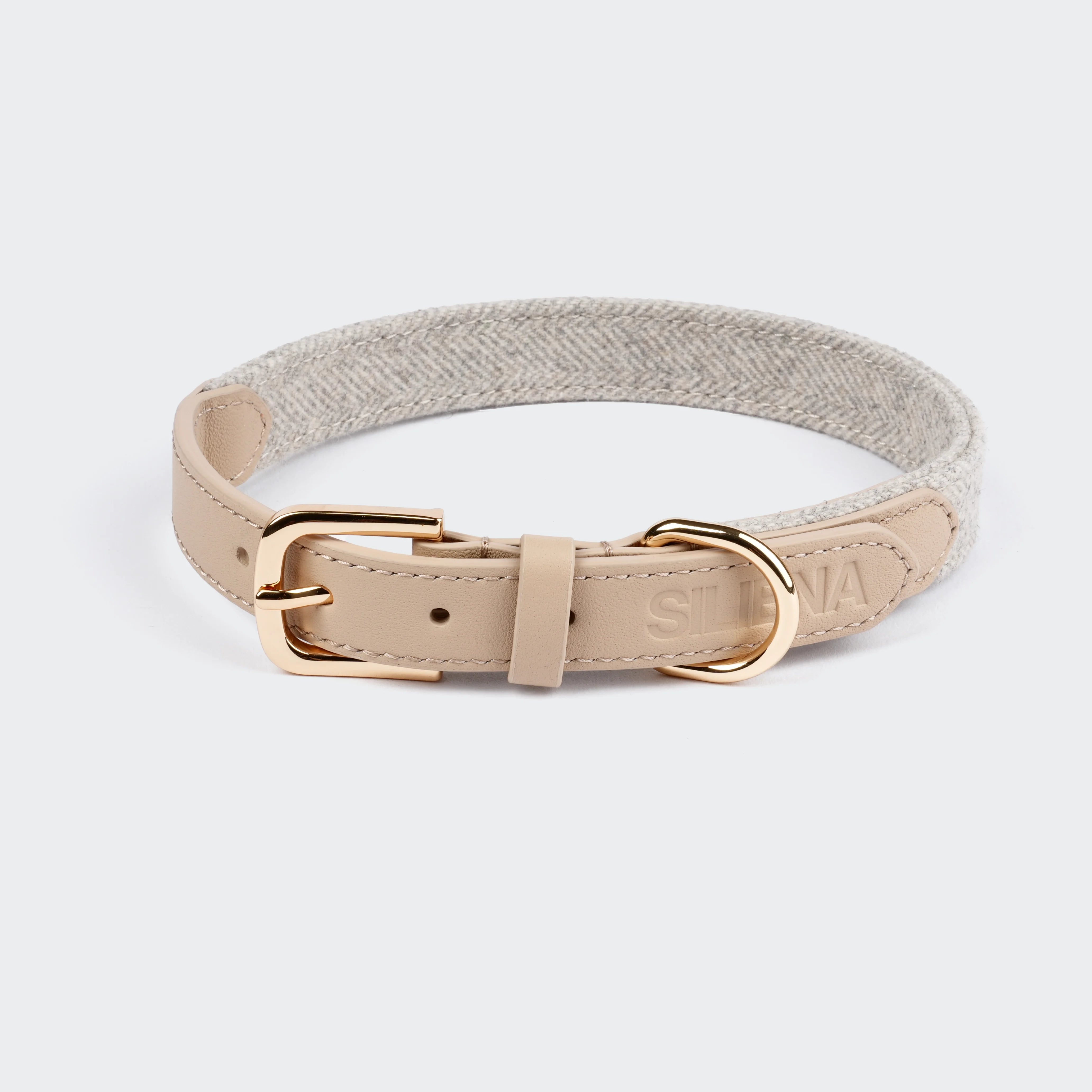
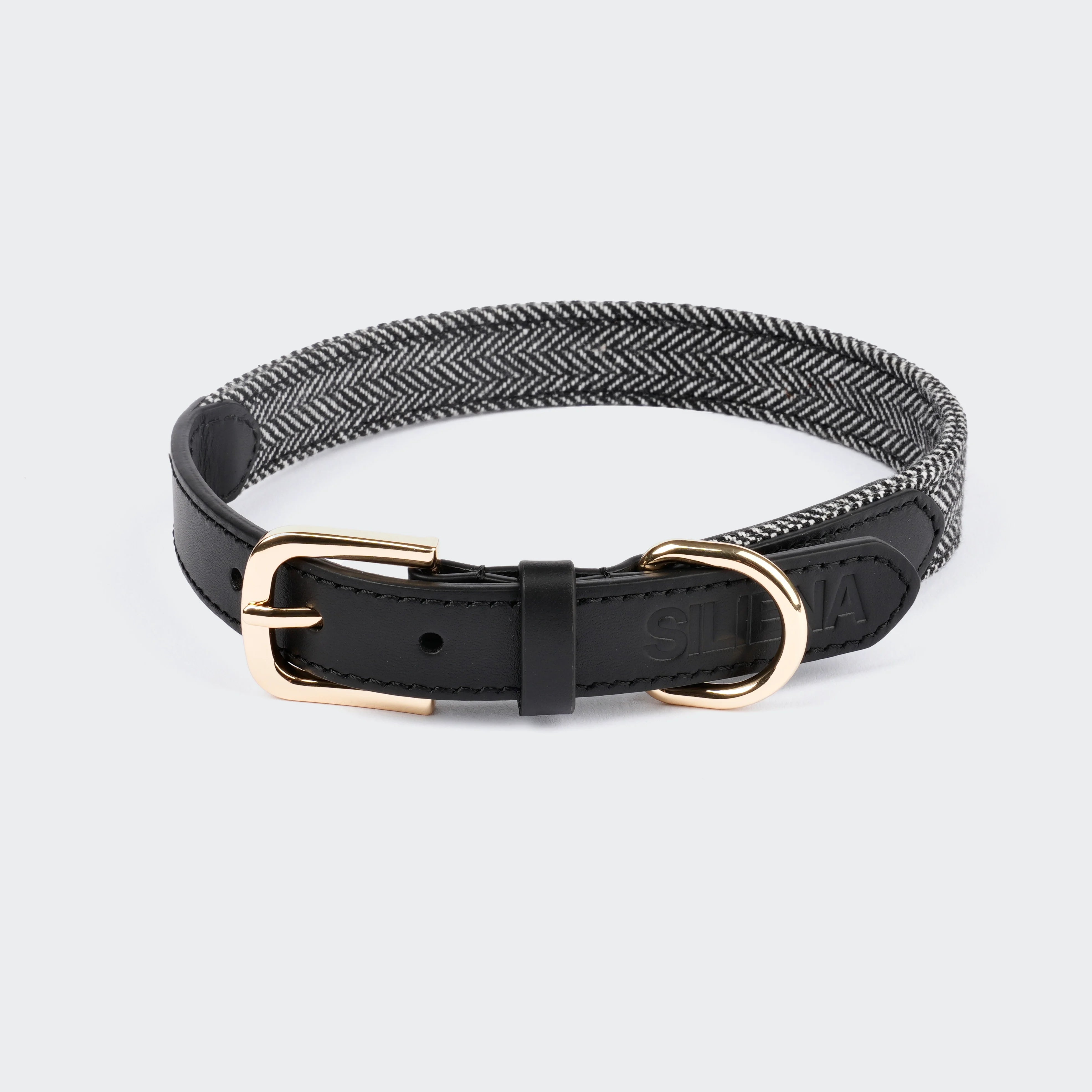
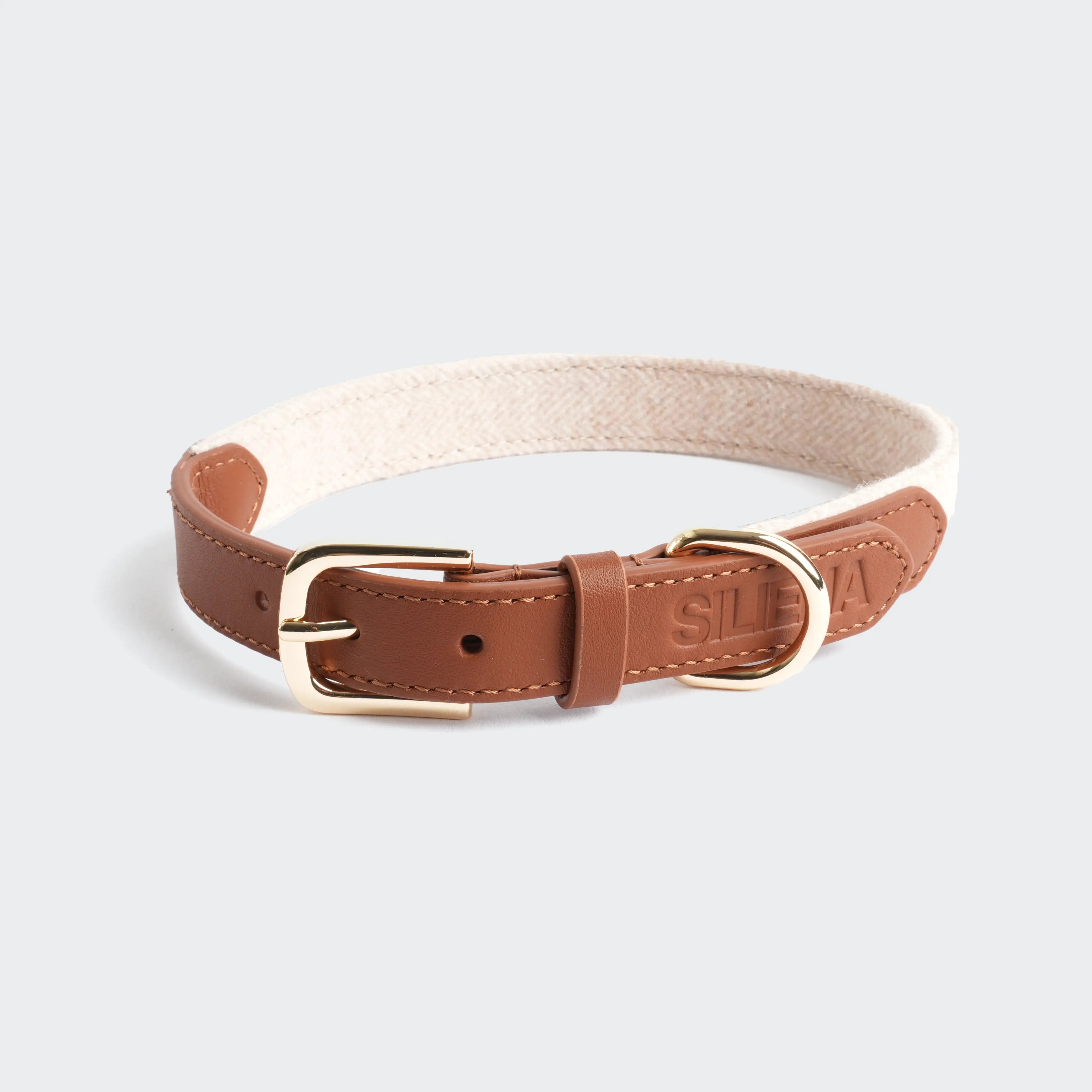
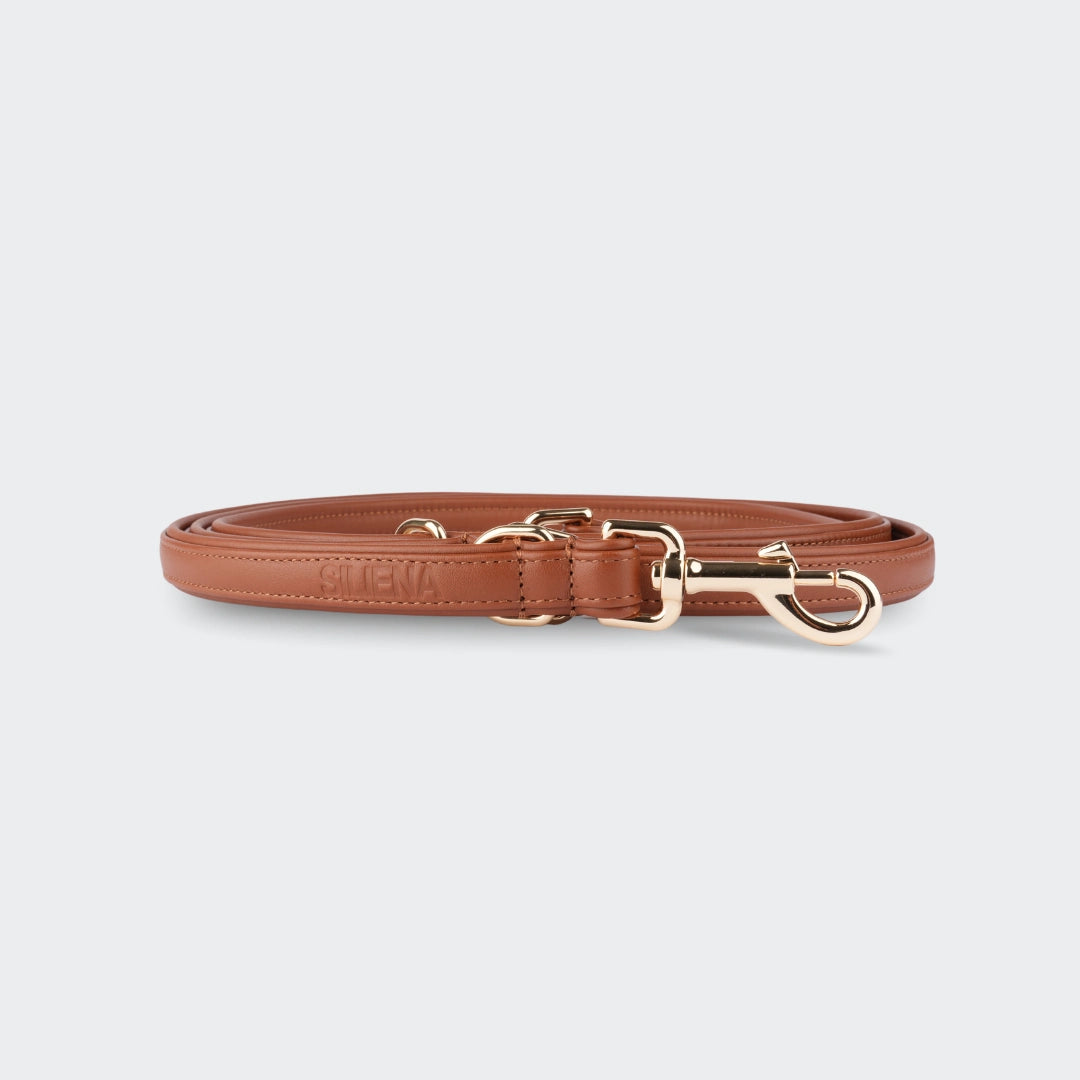
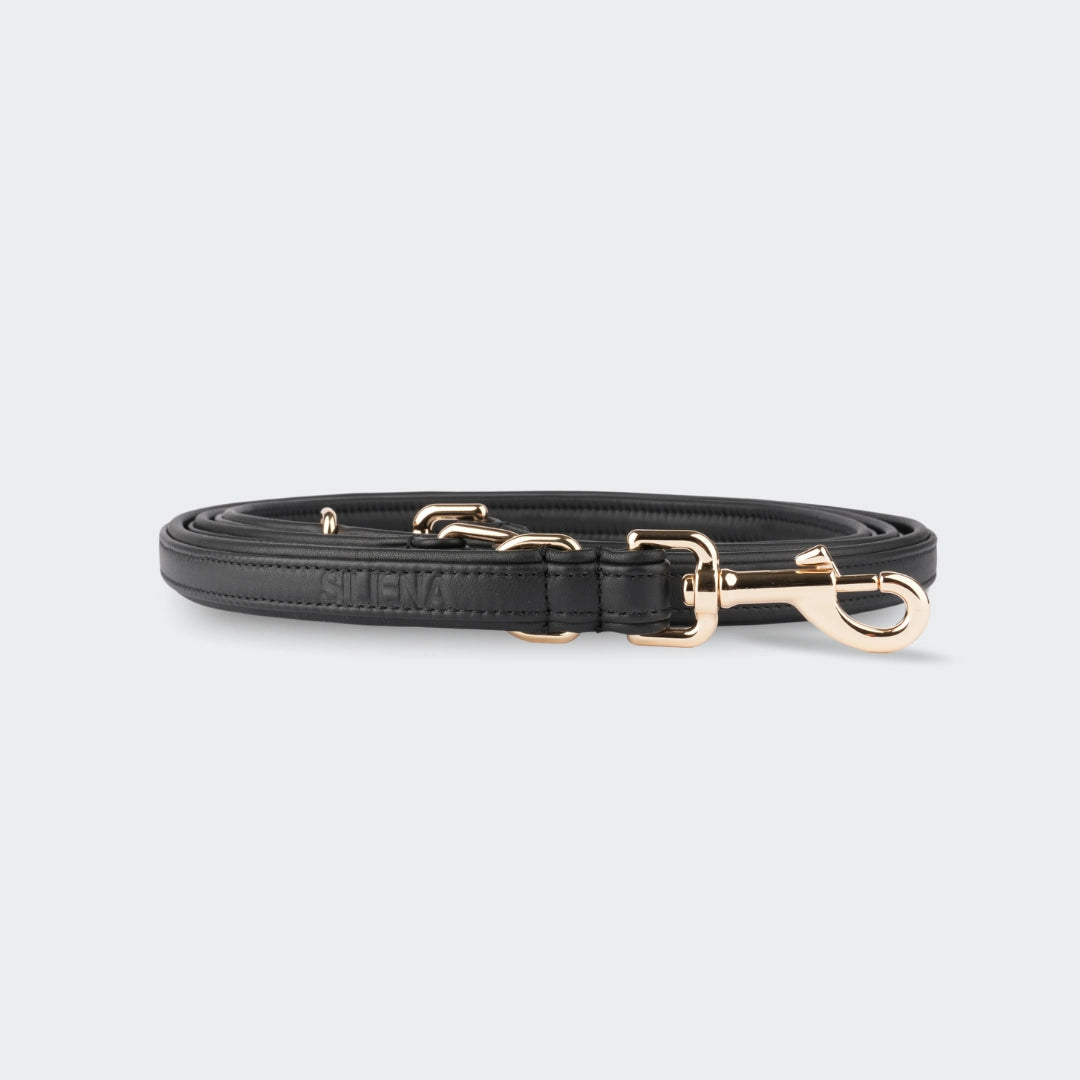
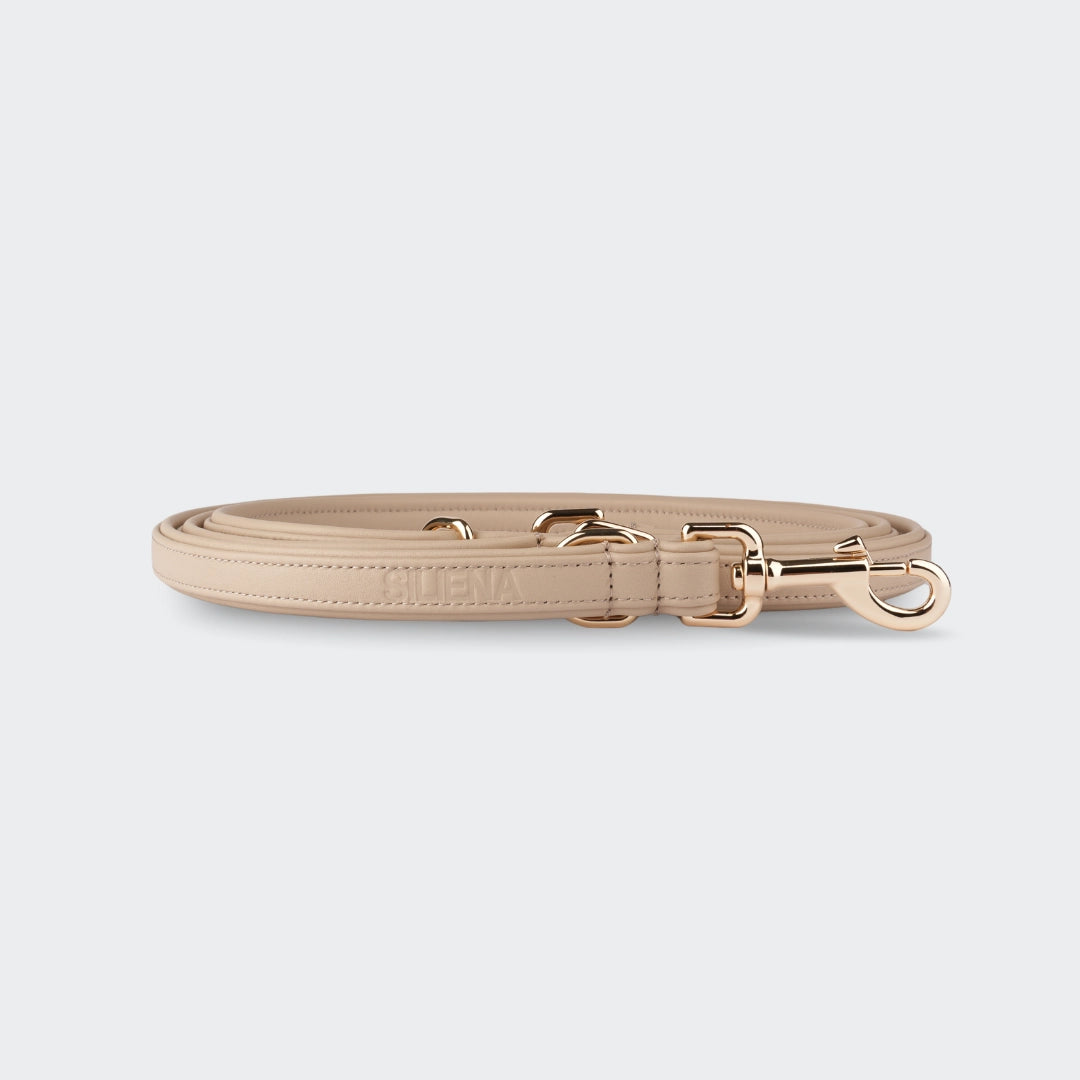
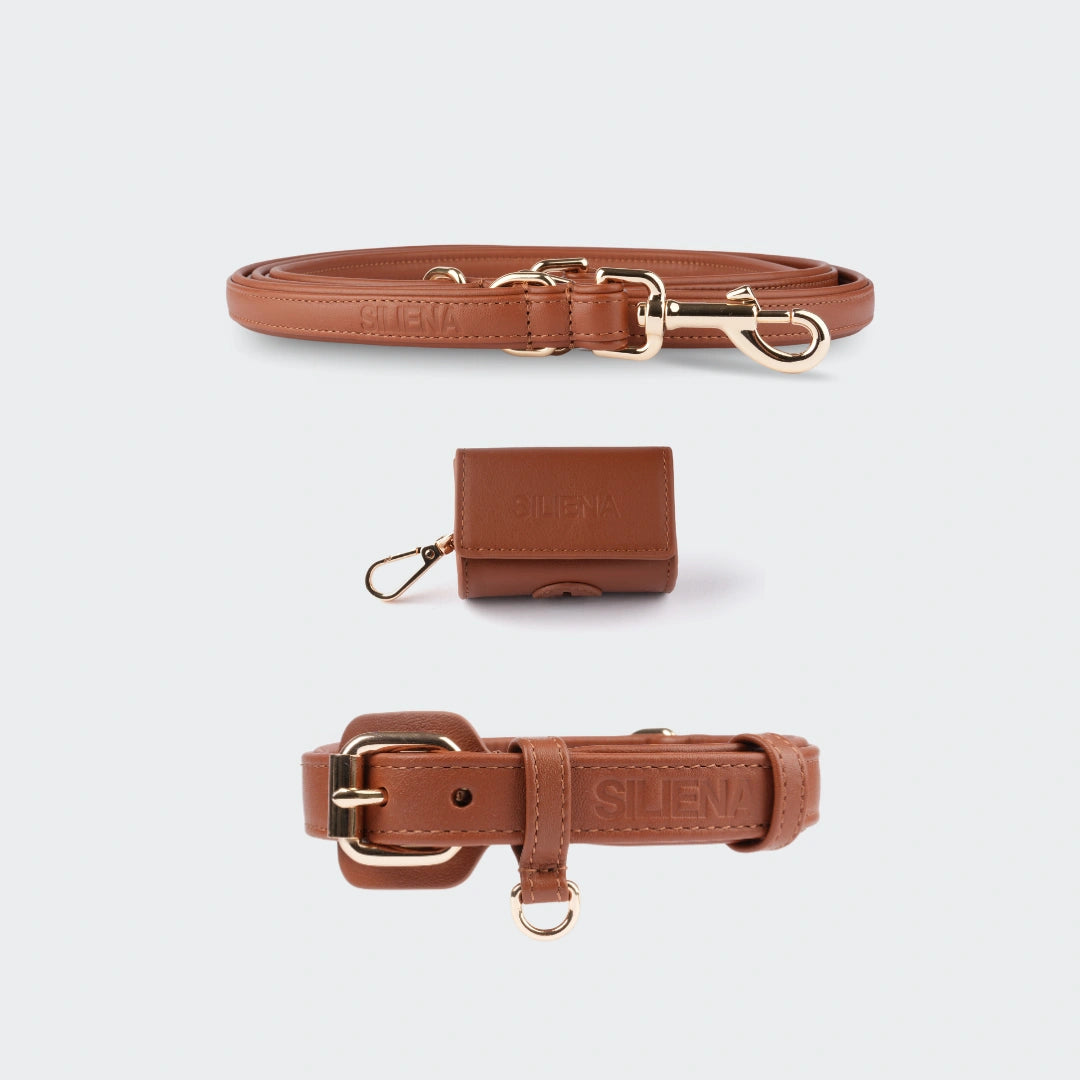
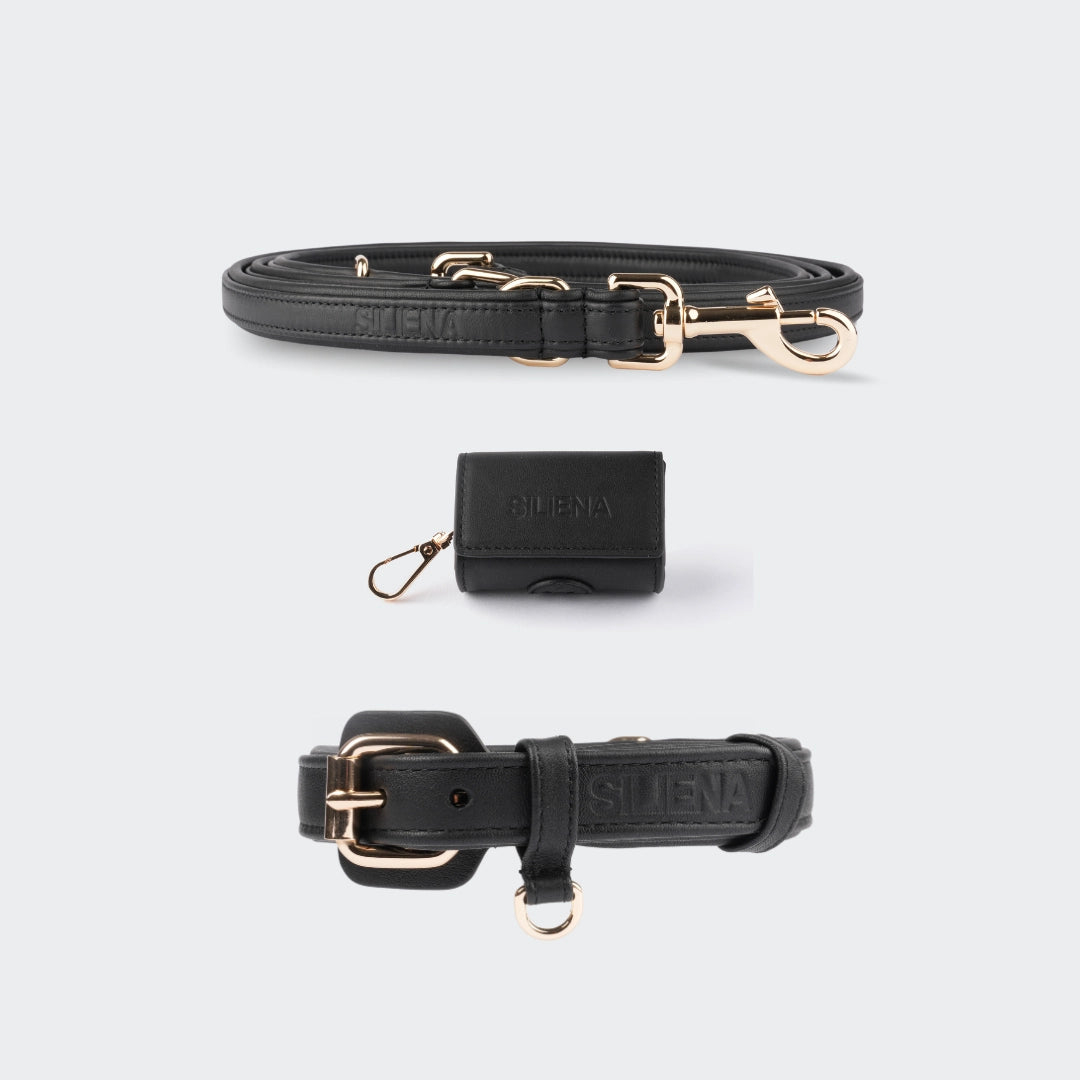
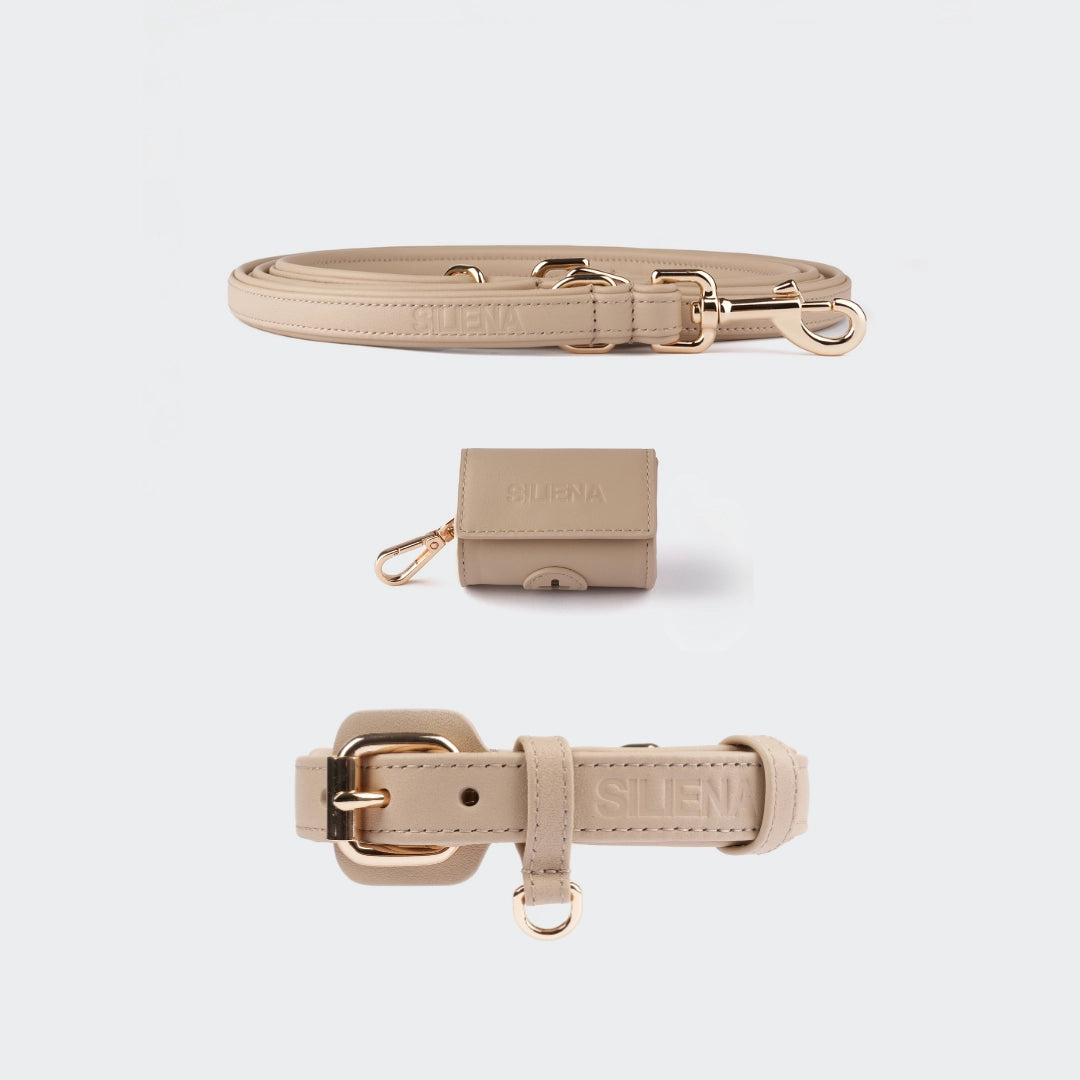
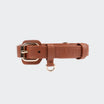
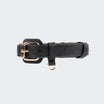

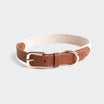
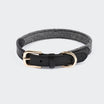
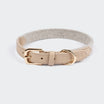

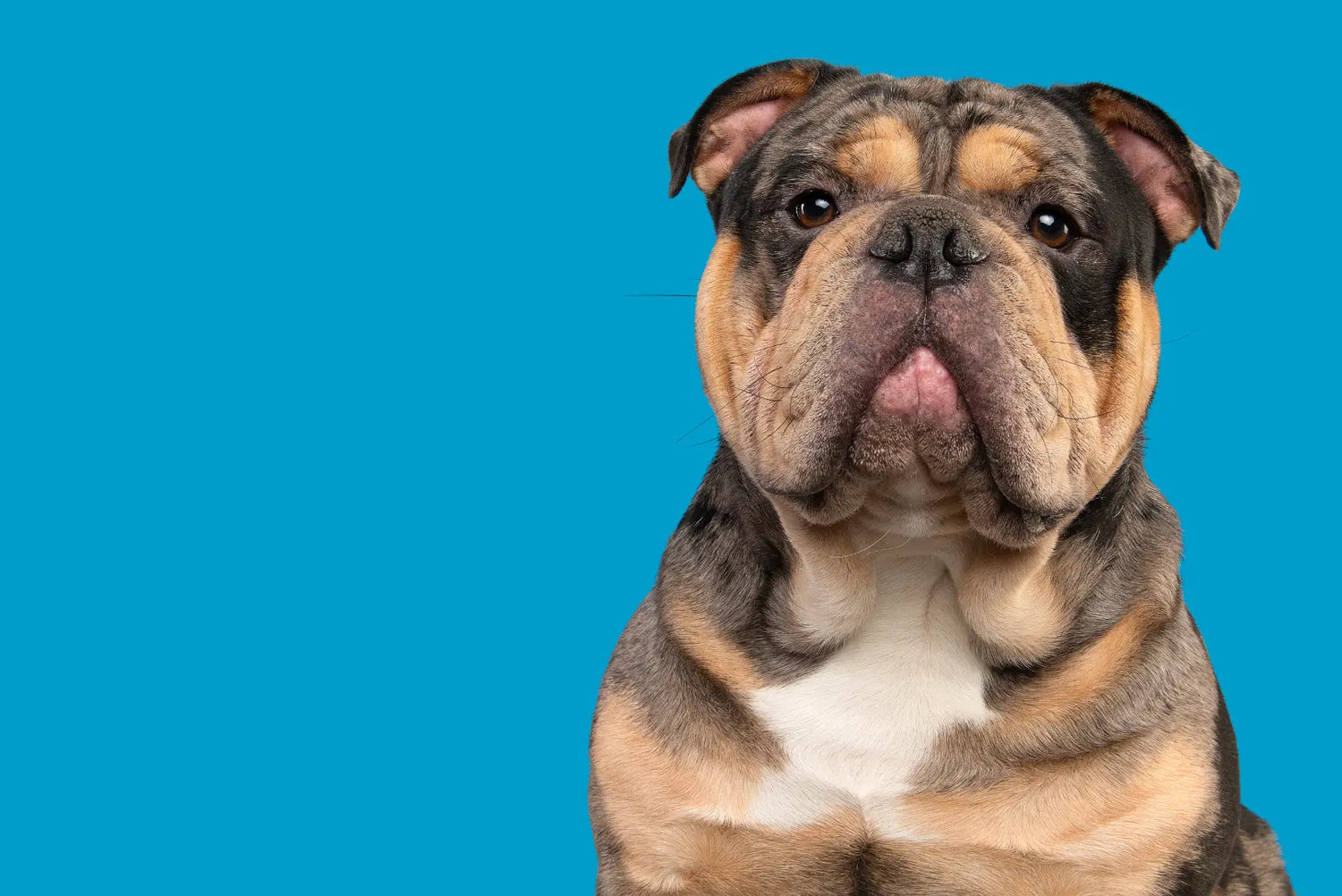
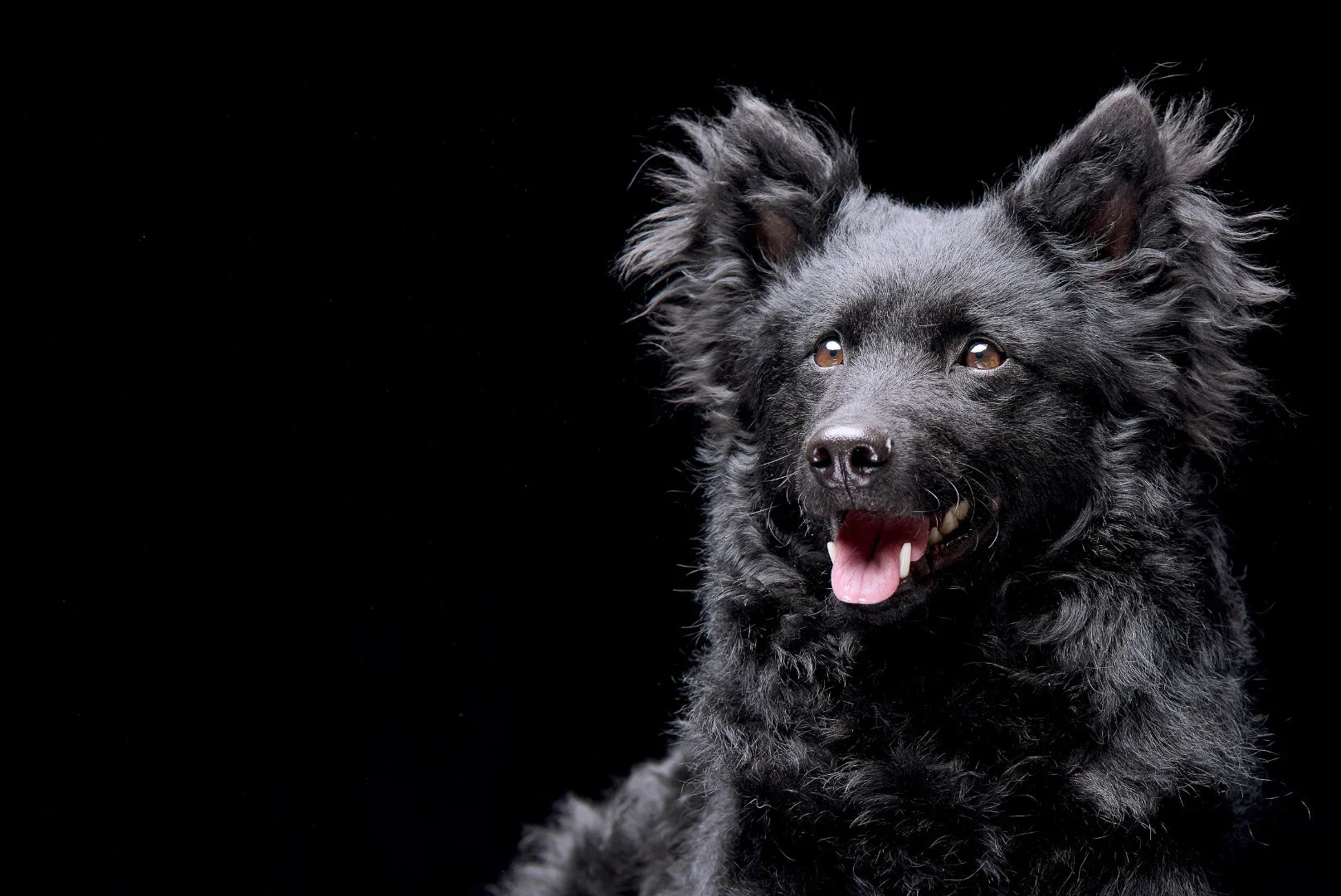
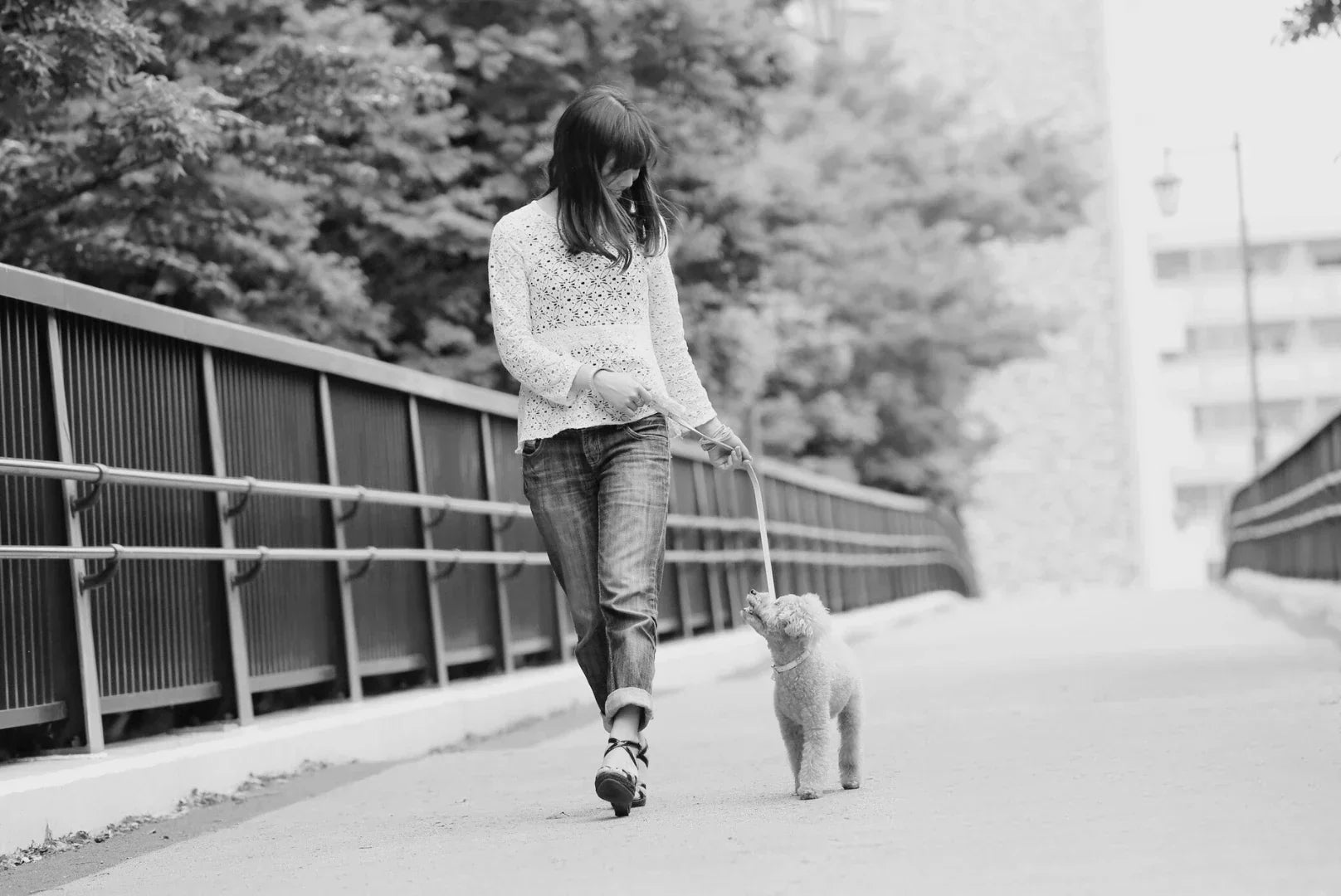


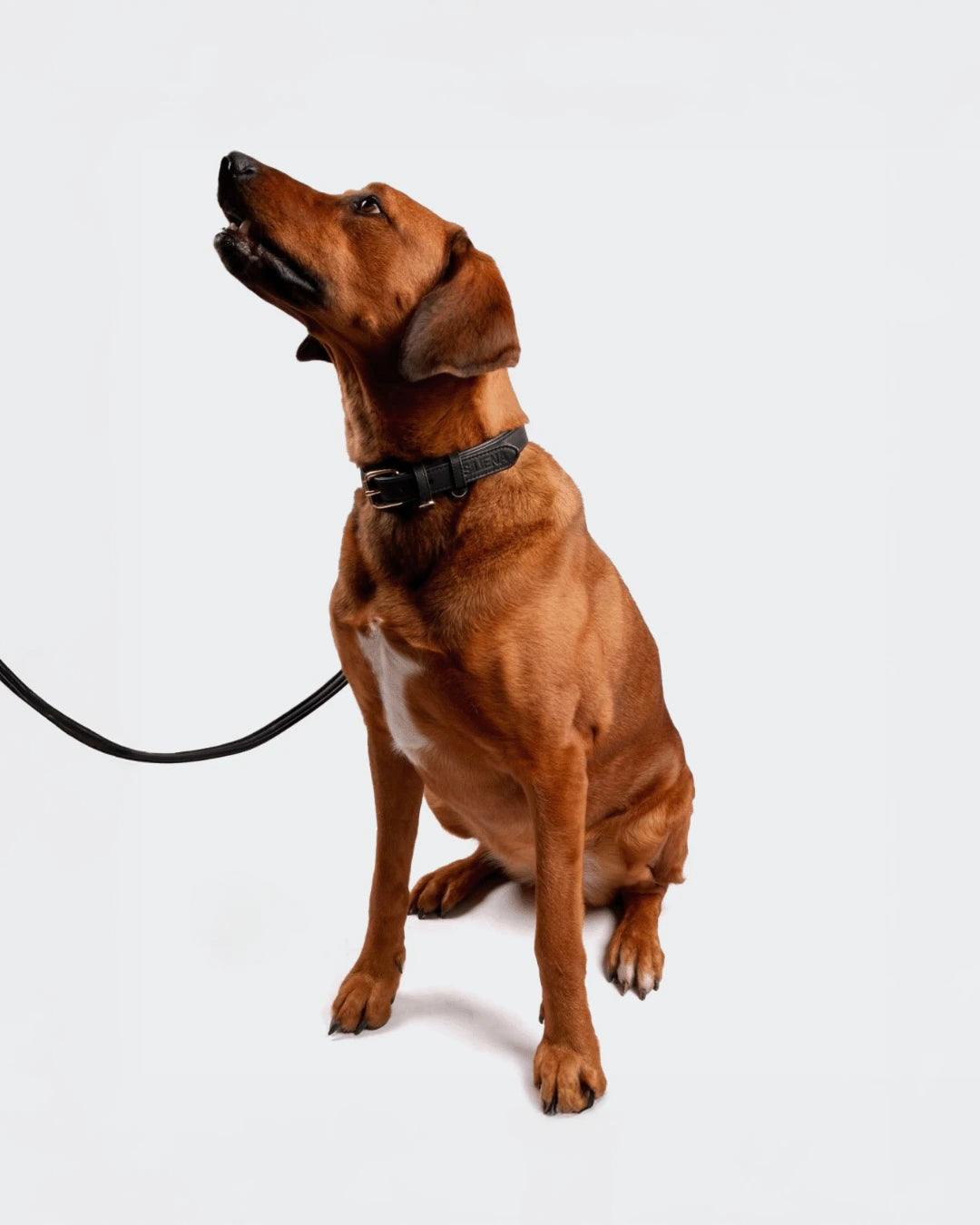
Leave a comment
This site is protected by hCaptcha and the hCaptcha Privacy Policy and Terms of Service apply.